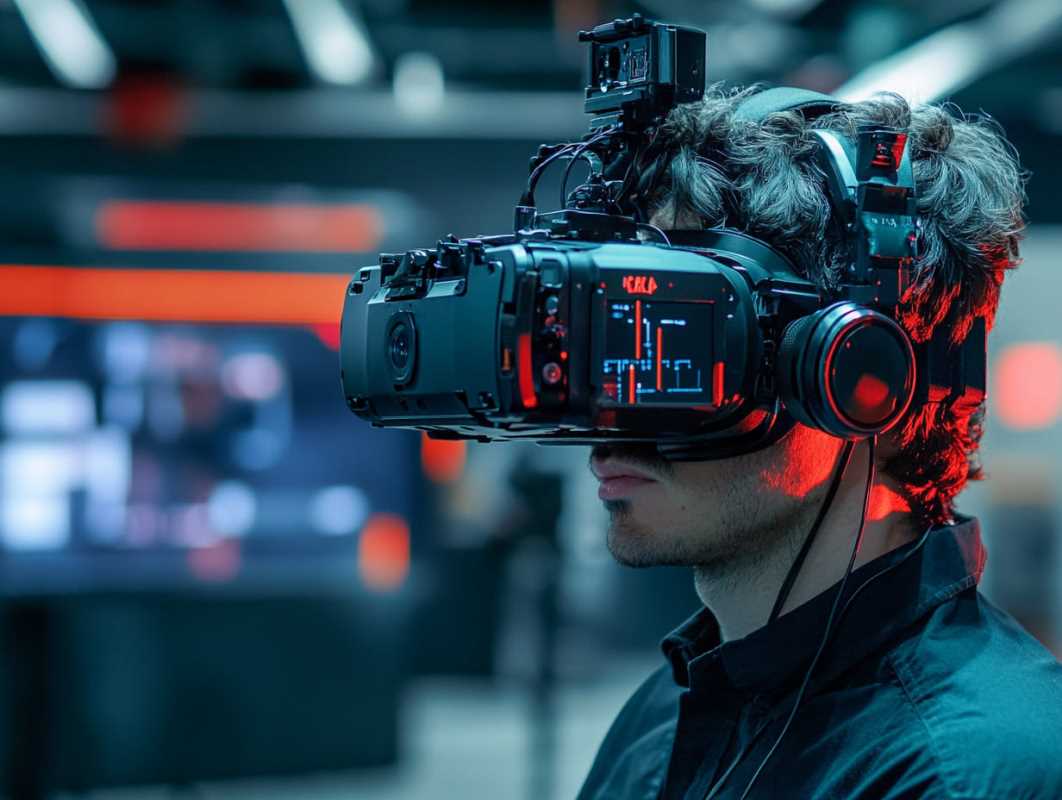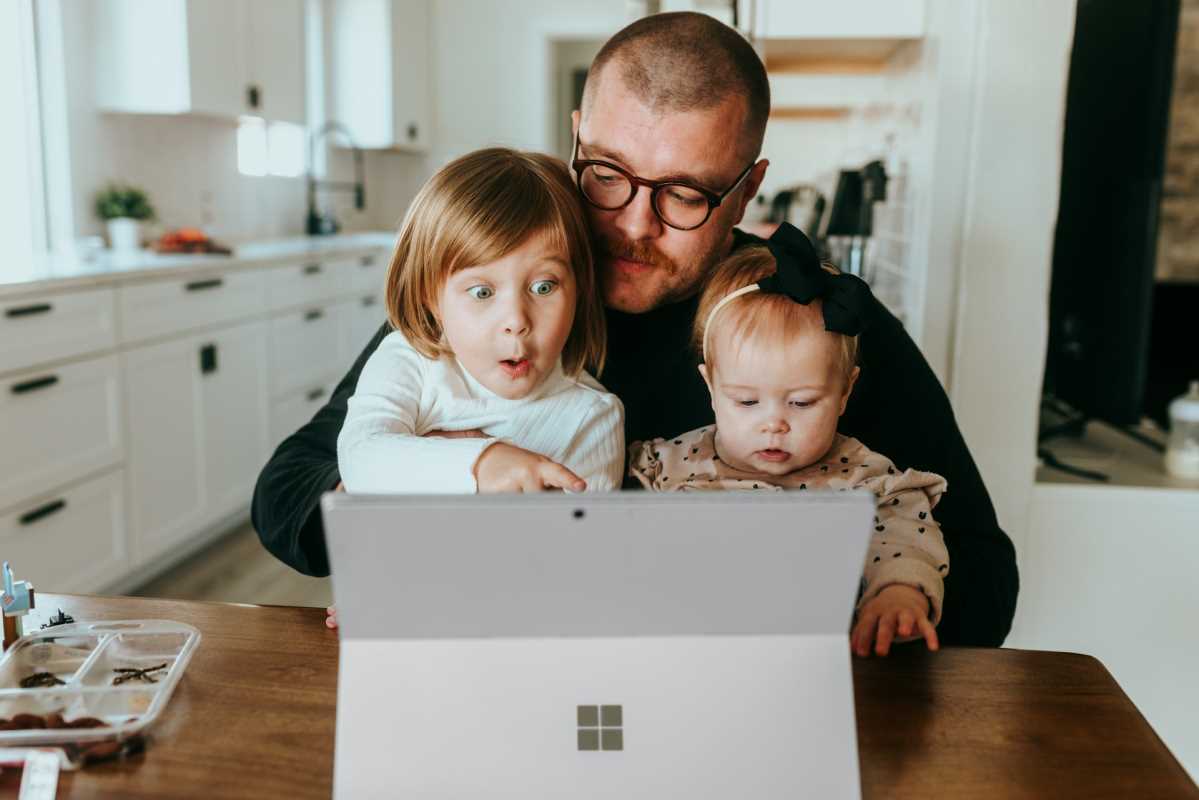In customer support, effective training is the cornerstone of success. As customer expectations continue to evolve, so too must the methods used to prepare support teams for the challenges they face. Enter mixed reality (MR), a cutting-edge technology that blends physical and virtual environments to create immersive, interactive experiences.
Unlike traditional training approaches, mixed reality allows learners to engage with simulated scenarios in real-time, combining the best aspects of virtual reality (VR) and augmented reality (AR). By bridging the gap between theoretical knowledge and practical application, MR is transforming customer support training programs in ways previously unimaginable.
Immersive Learning for Real-World Scenarios
One of the standout advantages of mixed reality is its ability to immerse trainees in realistic, high-pressure scenarios. Customer support often requires quick thinking, emotional intelligence, and the ability to handle difficult interactions. Mixed reality recreates these challenges in a controlled environment, giving employees the opportunity to practice their skills without real-world consequences.
For example, an MR headset can place a trainee in a simulated call center or retail environment, where they must respond to customer inquiries or resolve complaints. These scenarios are designed to mimic actual workplace conditions, allowing employees to:
- Experience the nuances of customer interactions, such as tone, urgency, and frustration levels.
- Practice handling difficult situations, such as angry customers or technical failures.
- Gain confidence in their problem-solving abilities by receiving immediate feedback.
- Develop adaptability by navigating diverse customer personas and challenges.
- Build empathy by stepping into the customer’s shoes, a crucial skill in customer support.
By immersing trainees in lifelike situations, mixed reality ensures they are better prepared to handle real-world interactions with confidence and professionalism.
Enhanced Retention and Skill Development
Traditional training methods, such as lectures or online modules, often struggle to engage learners and ensure knowledge retention. Mixed reality changes this by providing hands-on, experiential learning that is proven to be more effective. Studies have shown that learners retain up to 75% of information gained through interactive simulations, compared to just 10% from reading or 20% from listening to lectures.
MR training programs leverage this by engaging multiple senses, creating a memorable and impactful experience. Trainees can:
- Interact with virtual objects, tools, and systems as they would in real life.
- Practice complex tasks repeatedly until they master them.
- Learn from mistakes in a risk-free environment, building skills through trial and error.
- Access dynamic, adaptive content tailored to their learning pace and style.
By blending theory with practice, MR training enhances both short-term learning outcomes and long-term skill retention, ensuring employees are well-equipped to excel in their roles.
Scalability and Cost-Effectiveness
Scaling traditional customer support training programs can be a logistical and financial challenge, especially for organizations with large or distributed teams. Mixed reality offers a cost-effective solution by reducing the need for physical resources, travel, and on-site trainers.
With MR, organizations can create standardized training modules that can be deployed across multiple locations simultaneously. Employees simply need access to the necessary hardware and software, allowing them to train at their own pace and convenience. Additionally, MR reduces the costs associated with:
- Physical training facilities and equipment.
- Printing materials and manuals.
- Travel and accommodation for trainers or trainees.
- Potential disruptions to regular business operations during training sessions.
Once developed, MR training modules can be reused and updated as needed, making them a sustainable investment for organizations looking to optimize their training programs.
Real-Time Feedback and Performance Tracking
Feedback is a critical component of effective training, and mixed reality excels in providing real-time, actionable insights. MR systems are equipped with advanced analytics that track trainee performance, measuring metrics such as accuracy, speed, and decision-making quality.
For instance, a trainee navigating a simulated customer interaction might receive instant feedback on their communication style, problem-solving approach, or adherence to company protocols. Trainers can use this data to identify areas for improvement and provide targeted coaching.
Furthermore, MR systems often include dashboards that allow managers to:
- Monitor progress across individuals or teams.
- Identify top performers and areas of excellence.
- Spot trends in common challenges or errors.
- Tailor future training sessions to address specific skill gaps.
This data-driven approach ensures that training programs remain effective, efficient, and aligned with organizational goals.
Building Confidence and Reducing Onboarding Time
Starting a new role in customer support can be daunting, especially when employees are expected to manage challenging interactions right out of the gate. Mixed reality accelerates the onboarding process by providing a safe, supportive environment for new hires to learn and practice their skills.
By exposing trainees to realistic scenarios early on, MR helps them build confidence in their abilities and reduces the learning curve. They become familiar with tools, workflows, and customer interaction techniques before they ever face a real customer. This proactive approach shortens onboarding time and ensures new hires are ready to contribute effectively from day one.
Additionally, the immersive nature of MR training reduces anxiety and fosters a sense of preparedness, leading to higher job satisfaction and retention rates among customer support staff.
The Future of Customer Support Training
As businesses continue to embrace digital transformation, the role of mixed reality in training programs will only expand. Emerging trends include the integration of AI to create more personalized and adaptive learning experiences, as well as advancements in MR hardware that make the technology more accessible and user-friendly.
By investing in mixed reality, organizations can future-proof their training programs, ensuring their customer support teams are equipped with the skills and confidence needed to thrive in an increasingly competitive landscape. From immersive learning to scalable solutions, MR is revolutionizing the way we prepare employees for the demands of customer support, setting a new standard for excellence in training.
The advantages of mixed reality are clear: it’s not just a tool for training — it’s a game changer for the customer support industry.
 (Image source: Midjourney)
(Image source: Midjourney) 





